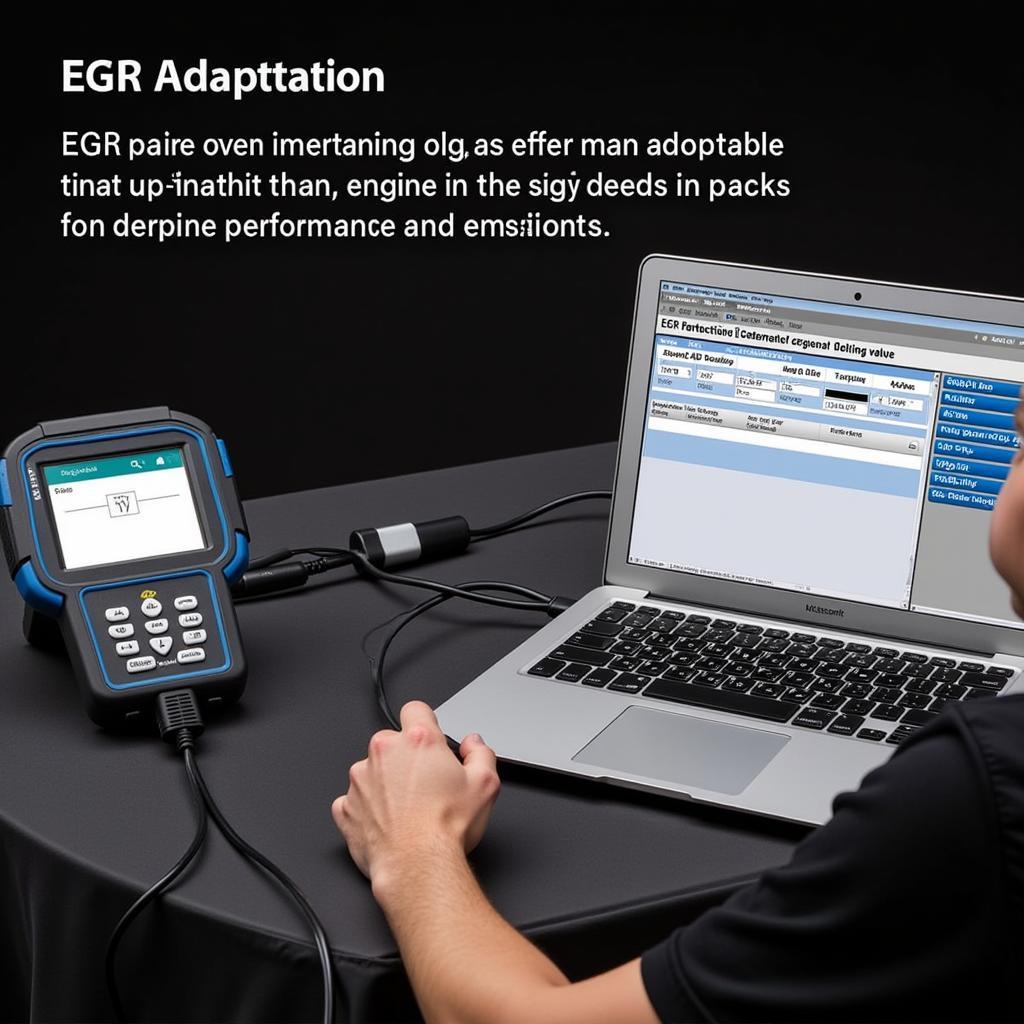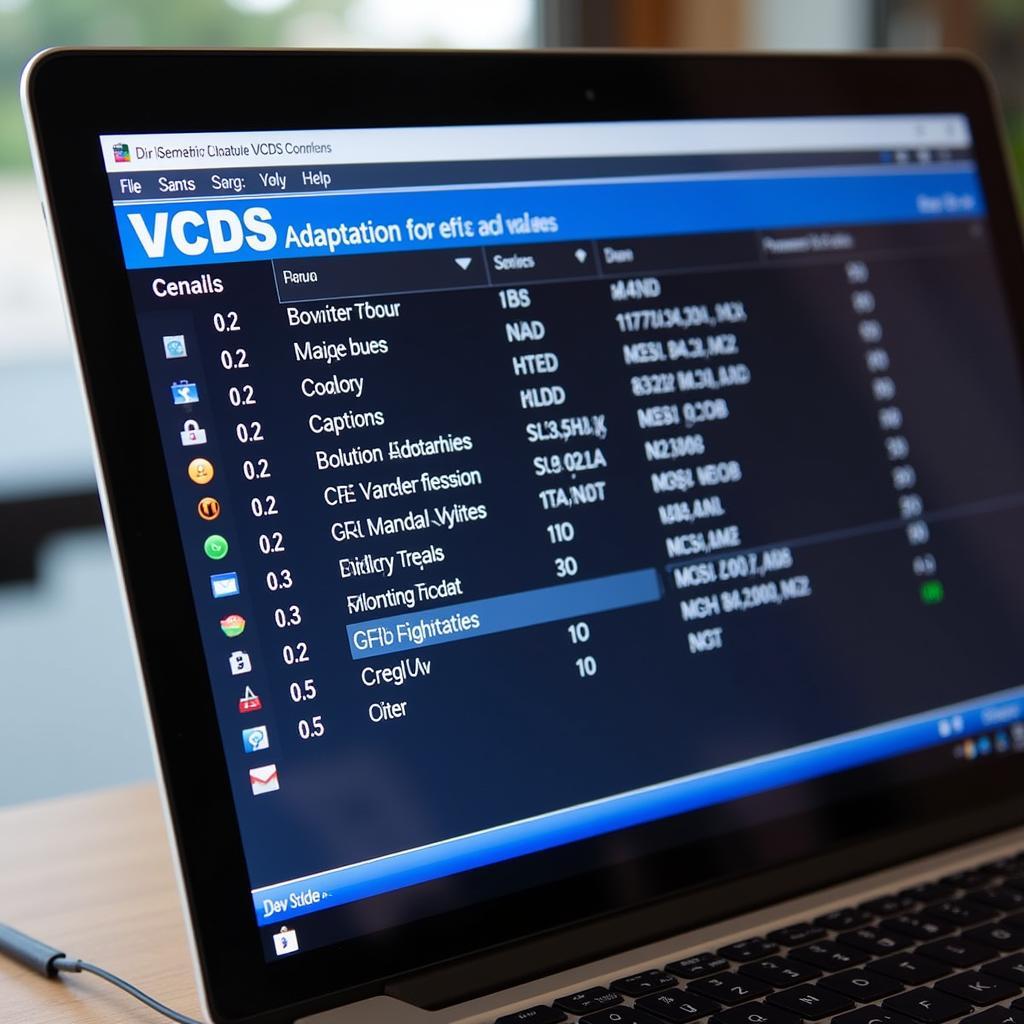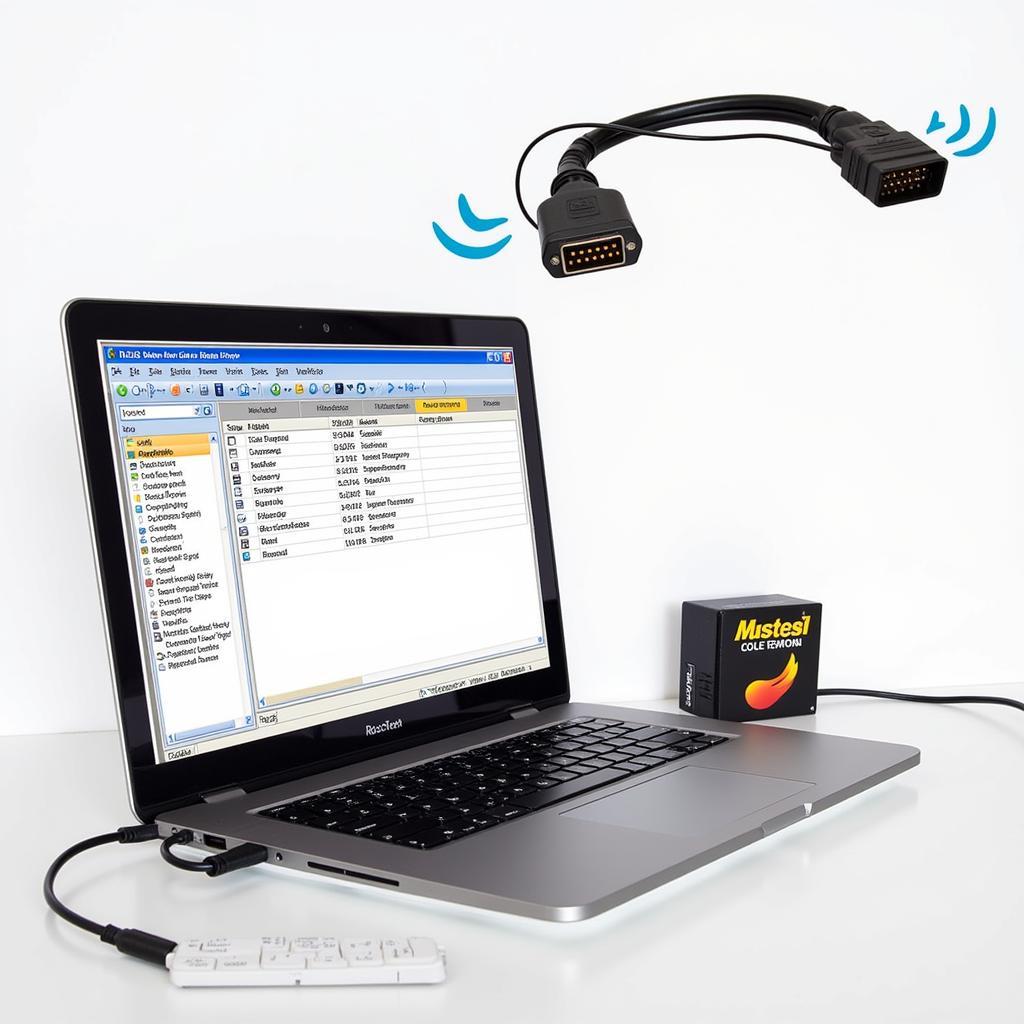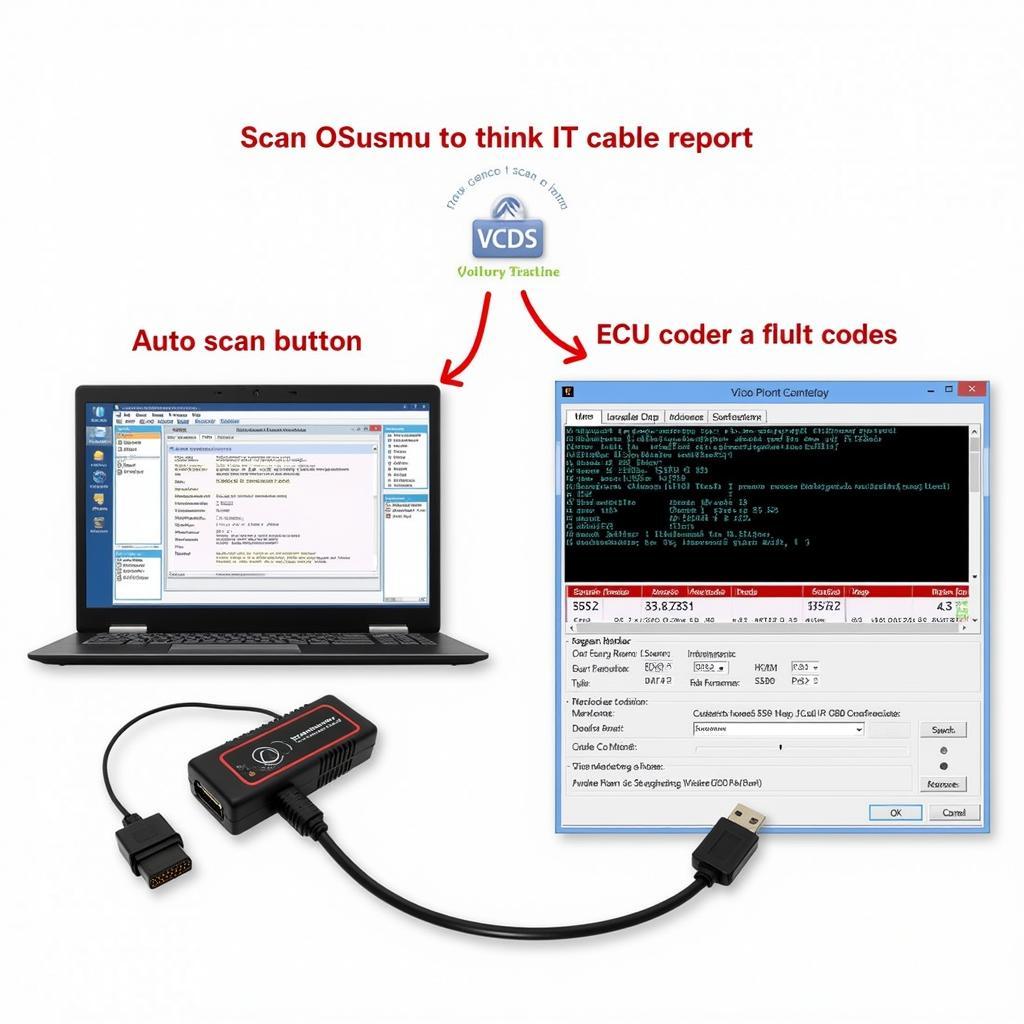EGR adaptation VCDS is a crucial process for maintaining diesel engine performance and emissions. This guide will delve into the intricacies of EGR adaptation using VCDS, providing valuable insights for car owners, mechanics, and technicians.
Understanding the EGR system and its role in reducing harmful emissions is essential. The Exhaust Gas Recirculation (EGR) system redirects a portion of exhaust gases back into the intake manifold. This process lowers combustion temperatures, reducing nitrogen oxide (NOx) emissions. However, over time, the EGR valve can become clogged with soot, affecting its performance. This is where EGR adaptation with VCDS comes in.
What is EGR Adaptation VCDS?
EGR adaptation using VCDS (Vag-Com Diagnostic System) is a diagnostic and adjustment procedure. It allows you to recalibrate the EGR valve’s position sensors, ensuring optimal performance. This process is often necessary after cleaning or replacing the EGR valve. Performing EGR adaptation with VCDS can resolve issues like rough idling, poor fuel economy, and excessive emissions. Similar to vcds actuator test, this process allows you to test and adjust various components of your vehicle’s systems.
 EGR Valve Adaptation Using VCDS Diagnostic Tool
EGR Valve Adaptation Using VCDS Diagnostic Tool
Why Perform EGR Adaptation?
EGR adaptation is vital for several reasons. It restores proper EGR functionality after cleaning or replacement, improving engine performance and fuel efficiency. It also ensures compliance with emission regulations. Ignoring necessary EGR adaptation can lead to further issues and potentially damage the engine. Regularly checking and adapting the EGR system with VCDS can prevent costly repairs down the road.
How to Perform EGR Adaptation with VCDS
Performing EGR adaptation requires a VCDS cable and software. The process varies slightly depending on the specific engine code, but the general steps remain the same. First, connect the VCDS cable to your car’s OBD-II port and launch the software. Then, select the appropriate engine control module and access the “Basic Settings” function. From there, you can initiate the EGR adaptation procedure. Following the on-screen prompts is crucial for successful adaptation.
Understanding VCDS 11 and its Role in EGR Adaptation
vcds 11 is a specific version of the VCDS software. Knowing which version of VCDS you are using is important as different versions might have slight variations in the user interface or functionalities. Make sure to consult the VCDS documentation or ross vcds for specific instructions related to your software version. This helps to ensure you are navigating the software correctly and using the correct procedures for EGR adaptation.
 VCDS Software Interface Displaying EGR Adaptation Settings
VCDS Software Interface Displaying EGR Adaptation Settings
Common Problems During EGR Adaptation
Sometimes, EGR adaptation might not be successful. This can be due to various factors, such as a faulty EGR valve, vacuum leaks, or issues with the wiring. Troubleshooting these problems requires further diagnosis using VCDS and other diagnostic tools. It’s important to address these underlying issues before attempting EGR adaptation again.
Tips for Successful EGR Adaptation
Several tips can help ensure successful EGR adaptation. Make sure the engine is at operating temperature before starting the procedure. Follow the VCDS instructions carefully and precisely. Double-check all connections and ensure the VCDS cable is functioning correctly. If you encounter any issues, consult the VCDS documentation or seek assistance from a qualified technician. Similar to 1.9 tdi pd egr adaptation vcds, the procedure might require specific steps for different engine types.
Conclusion
EGR adaptation VCDS is a crucial process for maintaining optimal engine performance and reducing emissions. Understanding how to perform this procedure correctly can save you time and money in the long run. Regular EGR adaptation can prevent costly repairs and ensure your vehicle runs smoothly.
Expert Insight: “Regular EGR adaptation is like giving your diesel engine a health check. It ensures everything is working as it should and prevents future problems,” says John Smith, Automotive Diagnostics Specialist.
Expert Insight: “Don’t underestimate the importance of EGR adaptation. It’s a simple procedure with significant benefits for your engine’s health and longevity,” says Maria Garcia, Diesel Engine Technician.
FAQ
- What is EGR adaptation? It’s a process of recalibrating the EGR valve’s position sensors.
- Why is EGR adaptation necessary? It restores EGR functionality after cleaning or replacement.
- How do I perform EGR adaptation with VCDS? Connect the cable, launch the software, and follow the prompts.
- What can cause EGR adaptation to fail? A faulty EGR valve, vacuum leaks, or wiring issues.
- How can I prevent EGR problems? Regularly check and adapt the EGR system with VCDS.
- Where can I find more information about VCDS? Check our egr adaptation vcds 2.0 tdi article.
- Is it necessary to use specific versions of VCDS for different engine types? Yes, you can find more information in our guides.
Need help with EGR Adaptation or other diagnostic services? Contact us via Whatsapp: +1 (641) 206-8880, Email: CARDIAGTECH[email protected] or visit us at 276 Reock St, City of Orange, NJ 07050, United States. Our 24/7 customer service team is ready to assist you.


